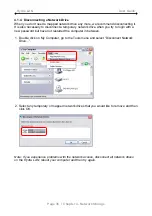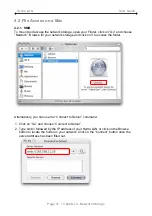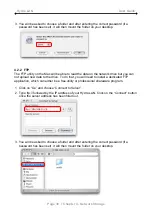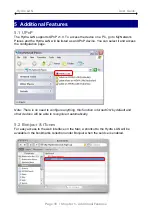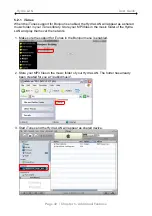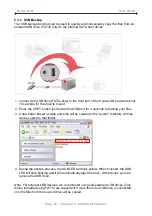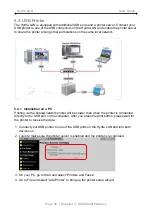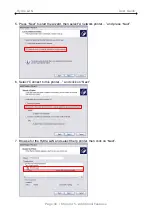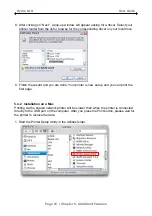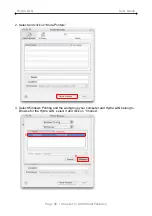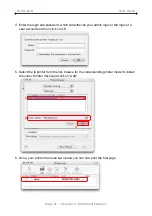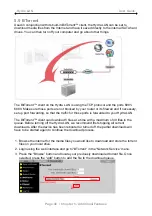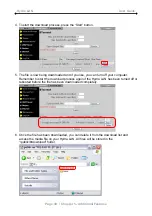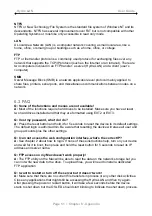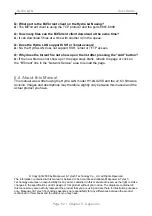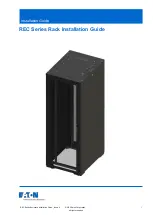
Hydra LAN User Guide
6 Appendix
6.1 Specifications
Application
•
Two to four 3.5" SATA-I or SATA-II HDDs (1.5Gb/s)
•
20GB -1TB per HDD
•
RAID (EXT2, EXT3), USB (FAT32, EXT2, EXT3)
•
For RAID, hard drives with identical capacities are
recommended
Interfaces
•
2 USB 2.0 High Speed ports (upstream)
•
1 RJ-45 Ethernet port 10/100/1000Mbps Base-TX
Supported USB devices
Mass Storage class drives (FAT32) and USB printers
UPnP
Supports UPnP v1.0
Power Supply
Internal Power Supply universal auto-switching
Input: AC 100-240V
6.2 Technical Terms
Description for terms and abbreviations used in this manual.
BitTorrent™
BitTorrent is the name of a peer-to-peer (P2P) file distribution client application and also of
its related file sharing protocol, both of which were created by programmer Bram Cohen.
BitTorrent is designed to distribute large amounts of data widely without incurring the
corresponding consumption in costly server and bandwidth resources. For more details,
please refer to
www.bittorrent.com
.
Torrent™
g on
loadable,
all pieces in the torrent. It also contains
the address of a tracker that coordinates communication between the peers in the swarm.
EXT2
The ext2 or second extended file system is a file system mostly found on Linux Operating
Systems.
EXT3
The ext3 or third extended file system is a journalled file system mostly found on Linux
Operating Systems.
FAT32
File Allocation Table (FAT) is a file system developed by Microsoft for MS-DOS. The FAT
file system is considered relatively uncomplicated, and is consequently supported by
virtually all existing operating systems for personal computers.
A torrent can mean either a .torrent metadata file or all files described by it, dependin
context. The torrent file contains metadata about all the files it makes down
including their names and sizes and checksums of
Page 50 / Chapter 6 - Appendix

